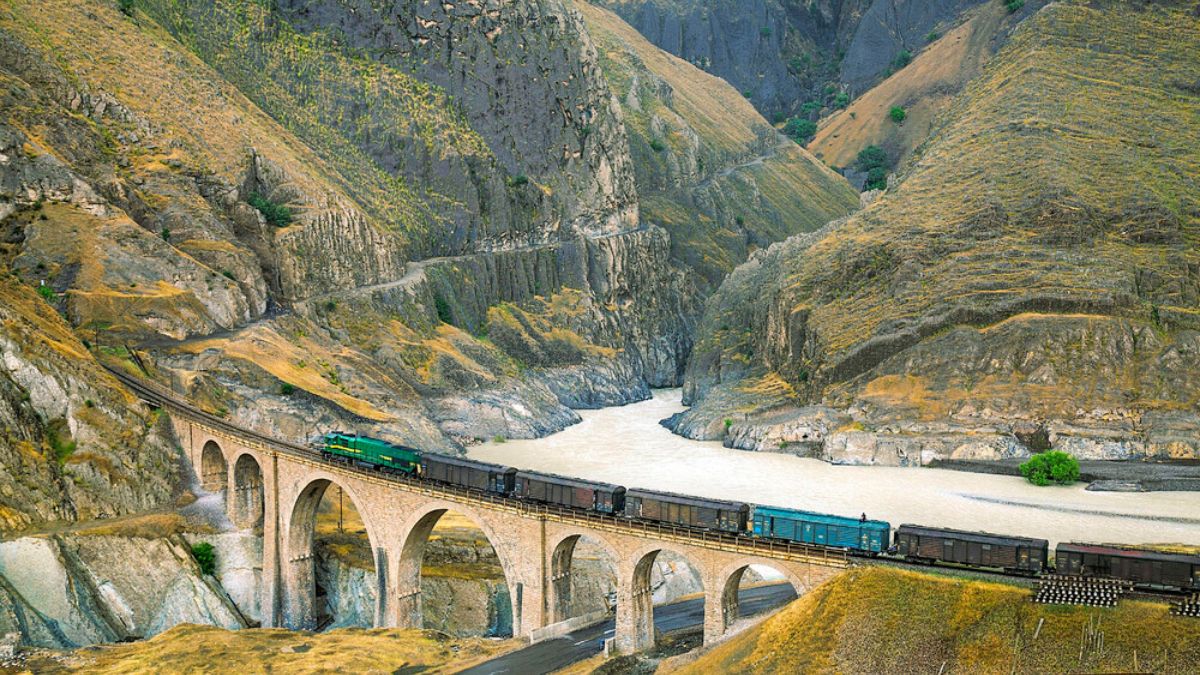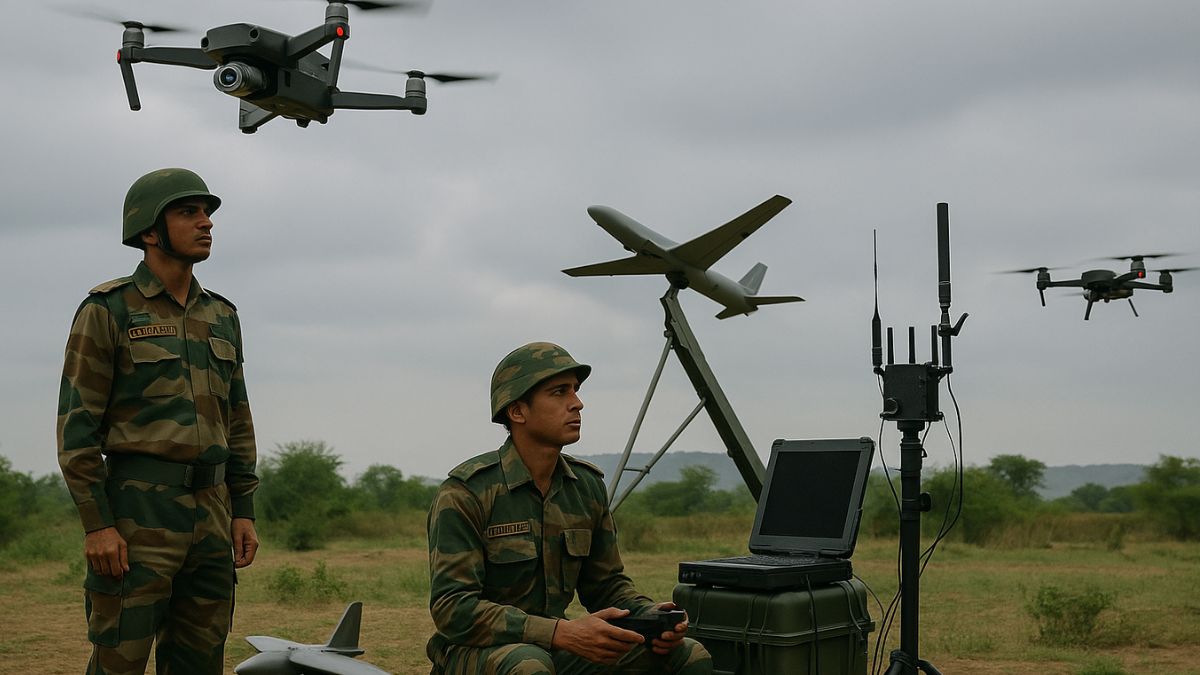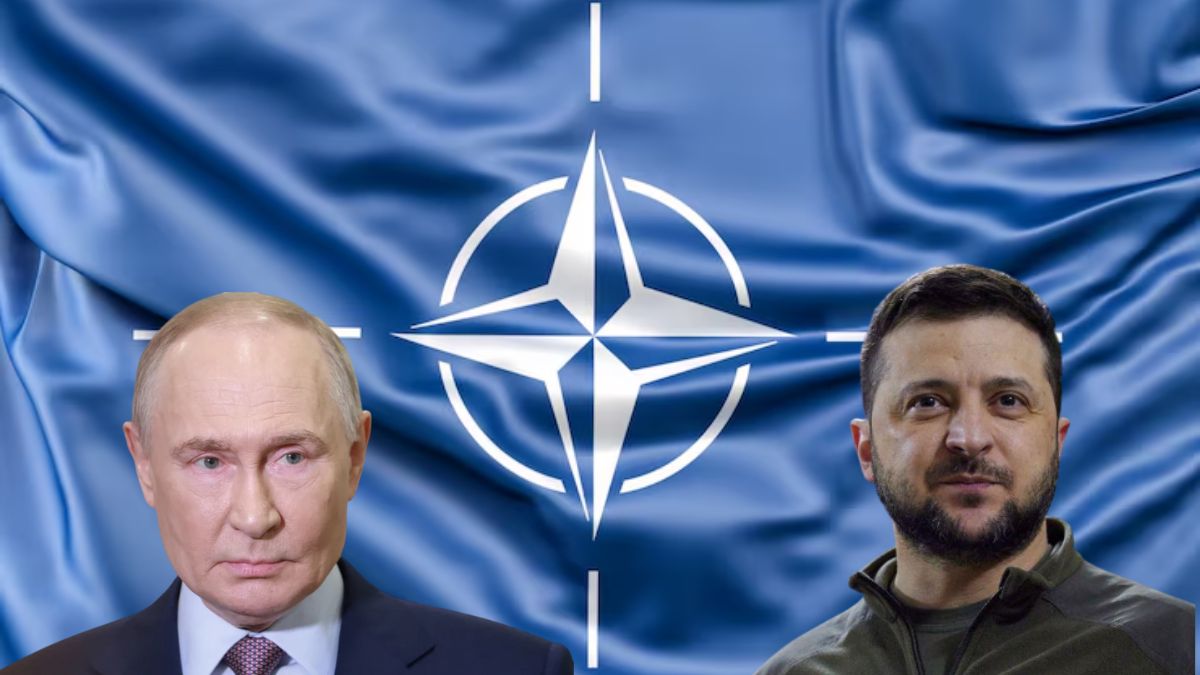Iran’s New Rail Links to Afghanistan, Turkey & Turkmenistan: A Strategic Win for India

How Iran's new rail links to Afghanistan, Turkey and Turkmenistan will be a strategic win for India (Representative pic
Iran’s announcement of three new international passenger rail routes to Turkey, Turkmenistan, and Afghanistan signals a decisive step toward reasserting its role as a connectivity hub between West, Central, and South Asia.
At a time of shifting alliances and infrastructure diplomacy, this development carries deep geopolitical implications, especially for India’s ambitions in Central Asia, where Iran remains an indispensable partner.
What are India’s connectivity plans to Europe & Central Asia?
According to Iranian Railways CEO Jabar Ali Zakeri, the Tehran-Ankara line will be launched soon, adding to the existing Tehran-Van connection in Turkey.
Simultaneously, Iran will extend its network eastward into Herat, Afghanistan, and northward toward Mary in Turkmenistan, enhancing access to Uzbekistan and Tajikistan.
These routes will not only aid tourism but are designed to facilitate trade, labor movement, and strategic influence.
From a geopolitical standpoint, Iran’s initiative helps counterbalance Western sanctions by aligning more closely with its neighbours, especially amid the growing China-Russia-Iran axis.
The Herat rail connection in particular is vital, as it enables Tehran to deepen its foothold in post-Taliban Afghanistan, at a time when the region is being fiercely contested by China’s Belt and Road Initiative (BRI).
How do Iran’s plans complement India’s Strategy?
For India, these rail projects are highly consequential. New Delhi has long sought connectivity to Central Asia to bypass Pakistan, with the Chabahar Port in southern Iran as its flagship initiative. However, connectivity beyond the port has remained a bottleneck.
The Iran-Turkmenistan and Iran-Afghanistan links offer potential overland extensions for Indian trade routes via Chabahar. In particular, Tehran–Herat–Central Asia corridors could align with Indian efforts to access Afghanistan’s mineral wealth and Central Asian energy markets.
The Mashhad-Mary route connects to the North-South Transport Corridor (INSTC), which India supports to link Mumbai with Russia through Iran and the Caspian region.
Thus, Iran’s rail ambitions complement India’s outreach to Central Asia while challenging China’s monopoly over regional infrastructure through BRI.
What is the humanitarian undercurrent in these Iranian projects?
Interestingly, this announcement comes amid increased deportations of Afghans from Iran. Reports highlight the struggles of nearly 7,50,000 deported migrants, many robbed, harassed, or denied healthcare.
While these deportations present a diplomatic strain, Iran’s offer of free transportation for returnees softens the blow and reflects Tehran’s need to maintain a delicate balancing act: addressing domestic pressure while preserving regional goodwill.
This humanitarian subtext may also impact how Iran leverages the Herat rail link, both as a symbol of regional integration and a channel for aid and repatriation.
How do Iran’s projects reinforce India’s foreign policy?
Iran’s rail diplomacy is reshaping regional connectivity and boosting its economic and strategic influence. For India, the expansion opens new geoeconomic and logistical avenues to Central Asia, reinforcing New Delhi’s multi-vector foreign policy in a region dominated by Chinese infrastructure initiatives.
The success of these rail routes will ultimately depend on diplomatic coordination, border stability, and infrastructure interoperability, areas where India, Iran, and Central Asian states can deepen cooperation.







